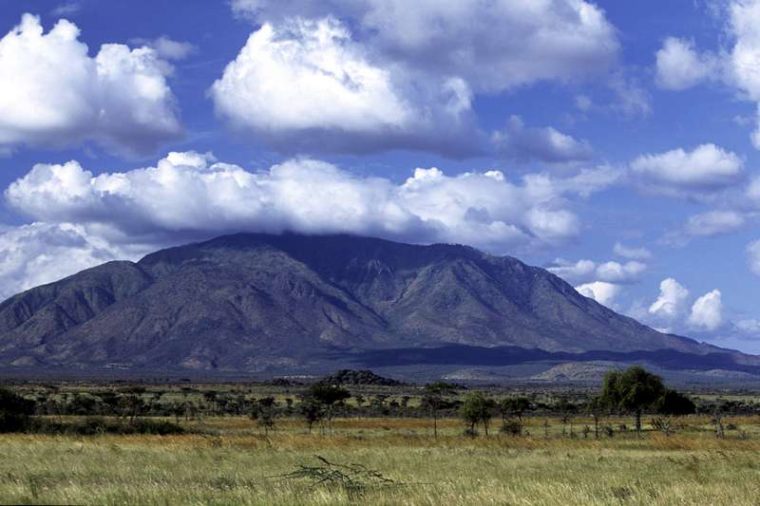Mount Elgon: Mountain of Treasures


Where do you hide away your earthly treasures? For centuries, people have placed them in safe hideaways with unpickable locks, or remote islands with only a treasure map to show the way. For Kenyans, it has been everywhere from chini ya mattress to investment in innovative projects. Mount Elgon is Kenya’s treasure-chest, a mountain whose riches stay hidden until one digs deeper.
Its first treasure is not a goldmine or a trove of precious gems, but something far more valuable. This treasure is Mount Elgon’s people. It is primarily the Sabaot who inhabit the mountain. So closely linked is their heritage to this place that they are also known as Mt. Elgon Maasai. The Sabaot, who also share ties with the Kalenjin, are referred to by that tribe as “Kapkugo,” a name which means ‘ancestor.’ Kapkugo also refers to the mountain, which many of the subtribes of the Kalenjin reverently call home. Therefore, it comes as no surprise that the Sabaot are considered to be the true keepers of the traditions of the Kalenjin.
As the keepers of heritage, the Sabaot have contributed greatly to Kenyan culture. Many of the locations surrounding Mount Elgon are named in their language. Bungoma is drawn from the Sabaot word, “bong’om.” Legend has it that Chebong’Om was one of the four sons of Kingo, the patriarch of the Sabaot. After breaking their father’s treasured gourd, Chebong’Om and his brothers were banished from their home. They settled in the area surrounding the great mountain, forming the four clans of the Sabaot. Thus, Bungoma was named for this son.
Kimilili, which is the name of a town in Bungoma, is also drawn from “Kimelil,” which is a Sabaot word that indicates an area with many leopards. This and many other names of the towns of Western Kenya find their origin in the Sabaot language of Mount Elgon.
Physically, the mountain of treasures is an extinct shield volcano with magnificent caves, namely Ngwarisha, Makingeny, Chepnyalil, and Kitum. The usual way caves form in mountains has a lot to do with natural working of chemical processes, erosion, and the shifting of tectonic plates. However, the depth of Mount Elgon’s caves is as a result of the interplay between the salt-bearing stone of the caves and the mining animals which call the slopes home. Here we find our second treasure.
In the deep darkness of the night, elephant herds flock into Kitum Cave. This cave became well-known in the 1980s due to an illness two European travelers contracted while they explored the caves. Because of this scare, visits to Kitum Cave dwindled. This left the cave’s true reputation unknown. Kitum is a Maasai word which means “The Place of Ceremonies.” Apart from the gathering of our tusked friends, the Sabaot hosted many of their celebrations here, using the caves as granaries and storehouses as well.
Anyone visiting the caves will find themselves in awe of the elephants which use their tusks to excavate the walls of the cave. Bushbuck, buffaloes and hyenas visit the cave to lick the unearthed chunks of salt, gleaning from the hard work of their giant friends. These animals, and the mining elephants, seek additional nutrition in the caves, due to the sodium-low flora found on Mount Elgon.
Then, there is a final treasure – Chepnyalil Cave, where the walls were adorned centuries ago by prehistoric settlers. As well as the ancient depiction of cattle, a structure which might have been a shrine indicates that Chepnyalil and her sister-caves have been home to the sacred for longer than we’ll ever know.
-

- Picture Shows: Elephant tests for salt in rock pillar Kitum Cave, Mt. Elgon National Park, Kenya. TX: BBC ONE © Ian Redmond David Attenborough takes viewers on a personal journey into the lives of the most successful animals on the planet in ‘The Life of Mammals’. WARNING: This copyright image may be used only to publicise THE LIFE OF MAMMALS. Any other use whatsoever without specific prior approval from Ian Redmond may result in legal action.




